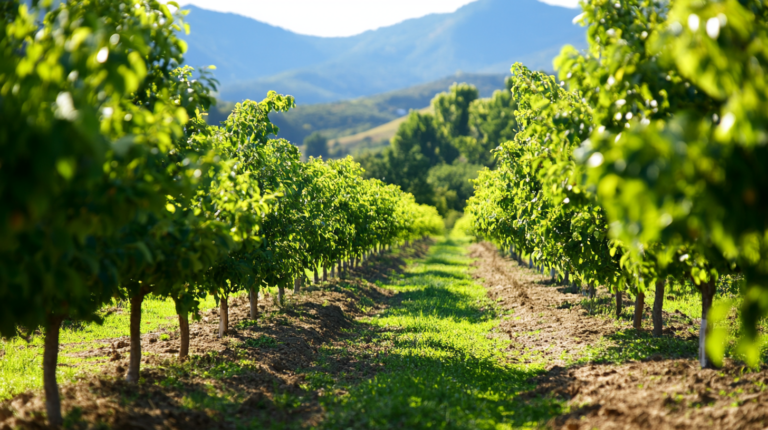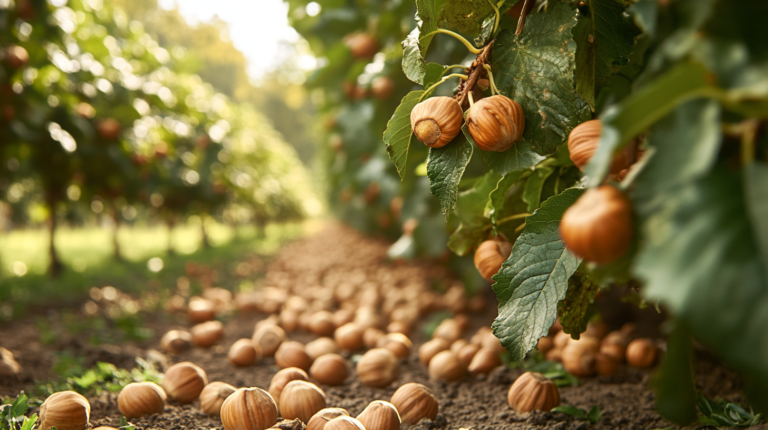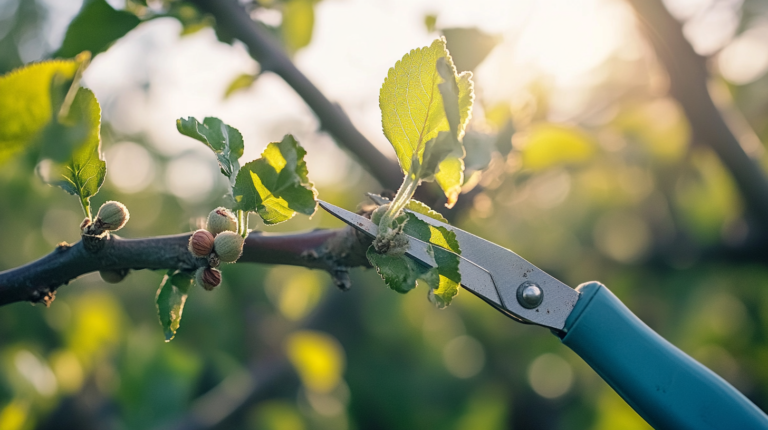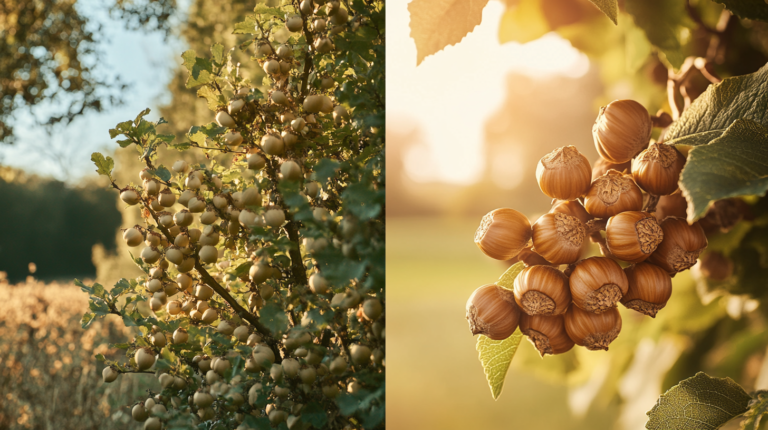The Role of Sunlight in Hazelnut Growth: How Much Is Enough?
Hazelnuts, known for their delicious taste and nutritional benefits, are a valuable crop in many regions. Understanding the role of sunlight in their growth is crucial for optimizing yield and ensuring healthy plants. This article explores how much sunlight is necessary for hazelnut growth, the effects of sunlight on their physiology, and practical considerations for growers.
Understanding Hazelnut Growth Requirements
Hazelnuts (Corylus avellana) are versatile plants that can thrive in various climates and soil types. However, like many crops, they have specific requirements for optimal growth. Sunlight is one of the critical factors influencing their development and productivity.
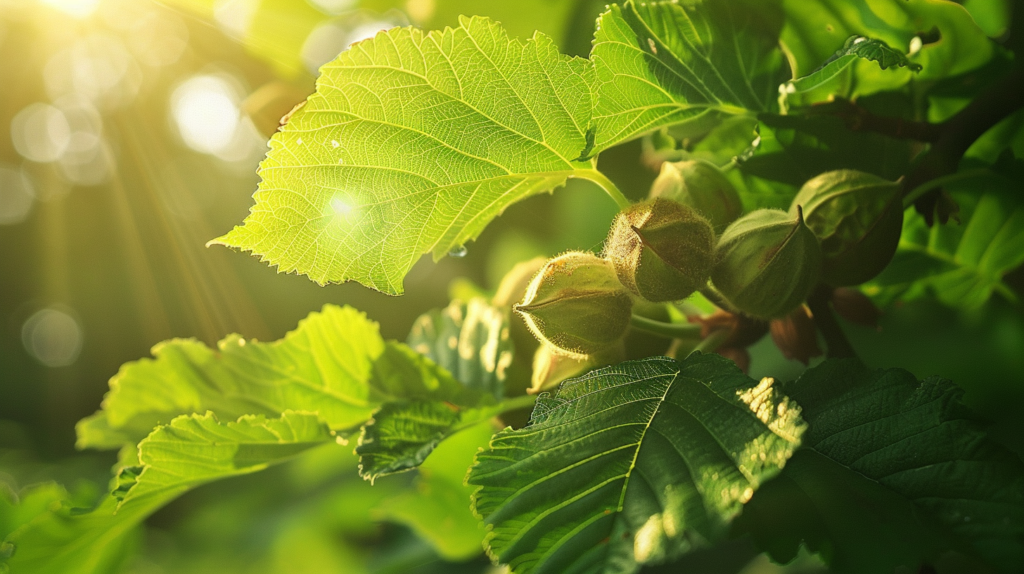
Photosynthesis and Sunlight
Sunlight is essential for photosynthesis, the process by which plants convert light energy into chemical energy. This process is vital for the growth and development of hazelnut trees, as it provides the energy needed for various physiological functions, including the production of nuts.
Impact of Sunlight on Hazelnut Physiology
Research indicates that increased sunlight exposure can lead to a higher density of stomata (the pores on leaves) and an increased chlorophyll count, which are both beneficial for photosynthesis. Additionally, sunlight exposure can cause the thickening of leaves, enhancing the plant’s ability to capture light efficiently [2].
Optimal Sunlight Conditions for Hazelnuts
While hazelnuts can grow in partial shade, full sunlight is generally recommended for maximum nut production. Here are some key considerations regarding sunlight exposure:
Full Sun vs. Partial Shade
- Full Sun: Hazelnuts planted in open sunlight tend to produce more nuts. The absence of shade allows the plants to maximize photosynthesis, leading to increased energy production and, consequently, higher yields [4].
- Partial Shade: While hazelnuts can survive in shaded areas, their nut production is significantly reduced. In forested or shaded environments, hazelnuts might remain healthy but will produce fewer nuts [3], [4].
Varietal Differences
Certain hazelnut varieties may perform slightly better in shaded conditions than others. However, the general consensus is that all varieties benefit from full sun exposure for optimal nut production [3].
Practical Considerations for Hazelnut Growers
For those cultivating hazelnuts, understanding the balance between sunlight and other environmental factors is crucial. Here are some practical tips:
Site Selection
- Orientation: Choose planting sites that receive ample sunlight throughout the day. Avoid areas with excessive shade from buildings or other trees [1].
- Slope and Aspect: In regions prone to frost, avoid planting on south-facing slopes, as these can lead to premature blooming and potential frost damage [1].
Tree Management
- Pruning: Regular pruning can help maintain an open canopy, allowing sunlight to penetrate and reach all parts of the tree. This practice also helps in managing tree health and productivity [3].
- Companion Planting: If planting hazelnuts in a polyculture system, ensure that companion plants do not overshadow the hazelnuts. Leave sufficient space between plants to allow sunlight to reach the hazelnuts [4].
Climate Considerations
- Temperature and Humidity: Hazelnuts require a humid climate and sufficient chilling during dormancy. Excessive sunlight without adequate humidity can stress the plants, affecting yield [2].
- Climate Change: As climate patterns shift, growers may need to adapt their practices. Warmer temperatures might expand growing opportunities, but they also bring challenges like drought and extreme weather events [1].
Challenges and Solutions
Despite the benefits of sunlight, hazelnut growers face several challenges related to sunlight exposure and environmental conditions:
Pests and Wildlife
- Pests: Hazelnuts are susceptible to pests like the hazelnut curculio. Regular monitoring and management practices, such as removing fallen nuts, can help control pest populations [4].
- Wildlife: Squirrels and birds are known to consume hazelnuts. Growers need to be vigilant during the harvest season to minimize losses to wildlife [4].
Water Management
While hazelnuts are drought-resistant to some extent, they still require adequate water, especially during dry spells. Drip irrigation can be an effective method to ensure consistent moisture without overwatering [1].
Conclusion
Sunlight plays a pivotal role in the growth and productivity of hazelnut trees. For optimal nut production, hazelnuts should be planted in areas that receive full sunlight. While they can tolerate some shade, their yield is significantly higher in sunny conditions. Growers must consider site selection, tree management, and climate factors to maximize the benefits of sunlight while mitigating potential challenges. By understanding and managing these factors, hazelnut growers can ensure healthy plants and bountiful harvests.
Sources:
[1] https://www.climatehubs.usda.gov/hubs/northwest/topic/climate-resilient-hazelnuts-oregon-and-washington
[2] https://www.mdpi.com/2077-0472/10/5/159
[3] https://www.reddit.com/r/Permaculture/comments/198ik8r/hazelnuts_in_shade/
[4] https://www.mofga.org/resources/nuts/hazelnuts-for-the-maine-homestead/


